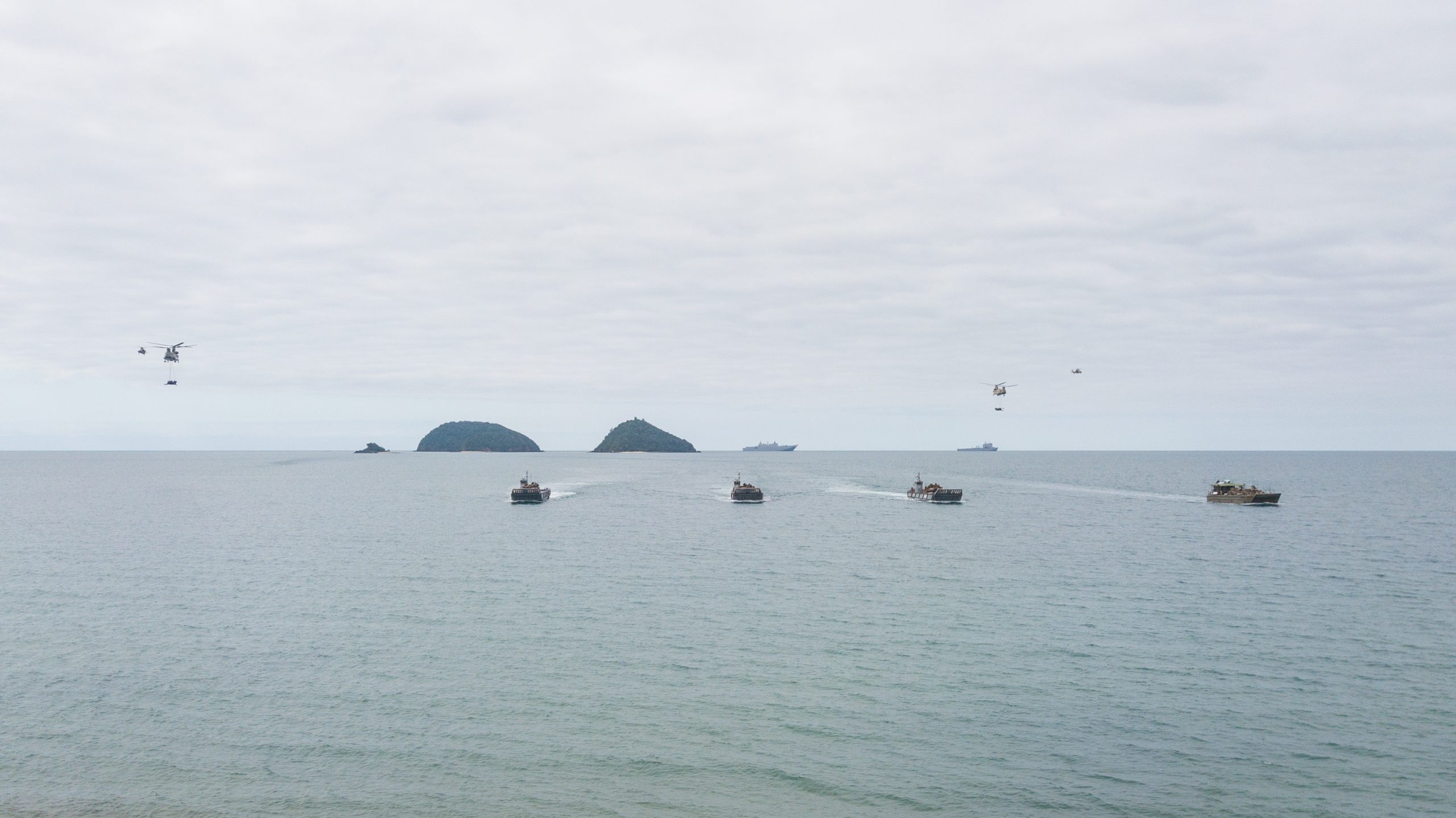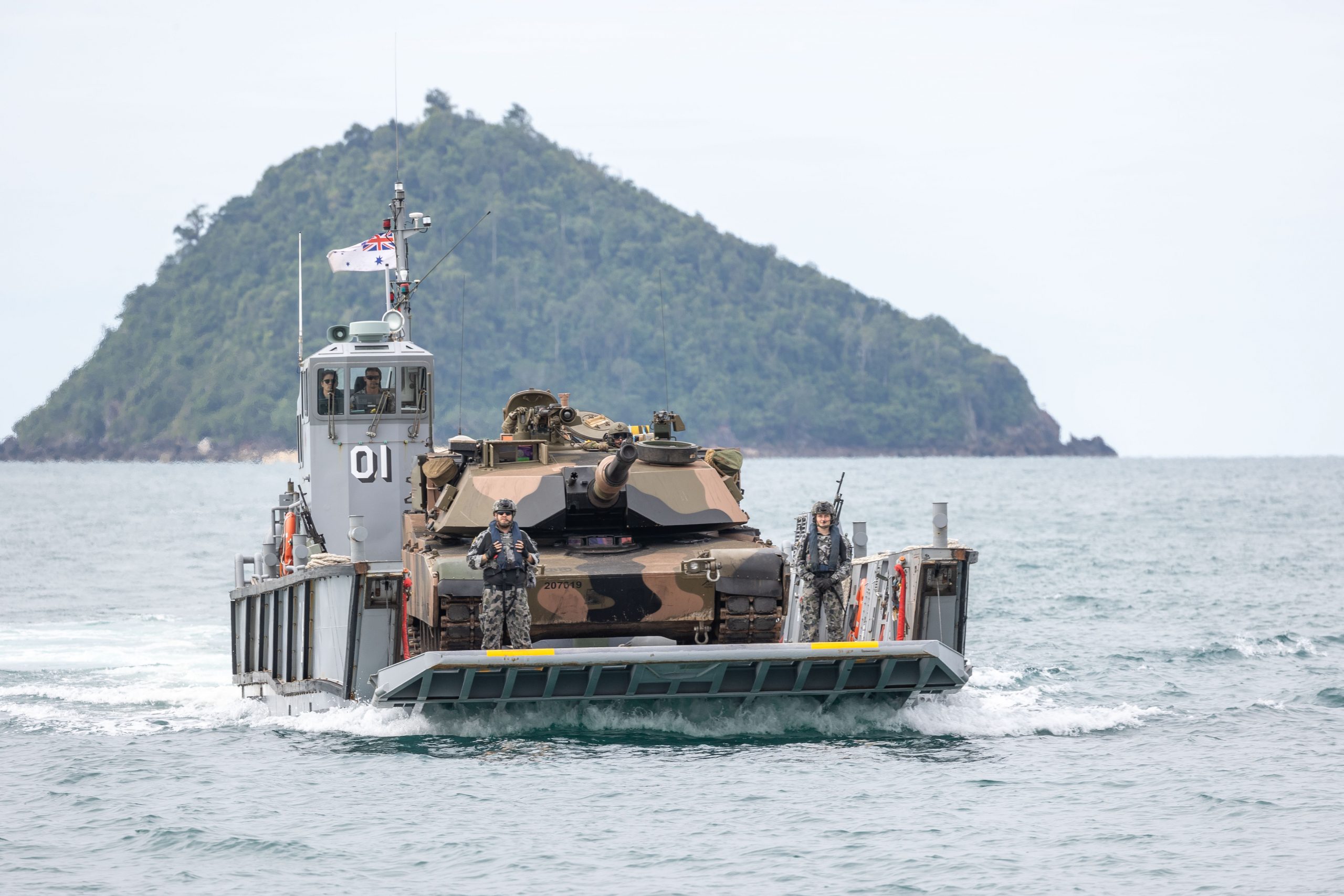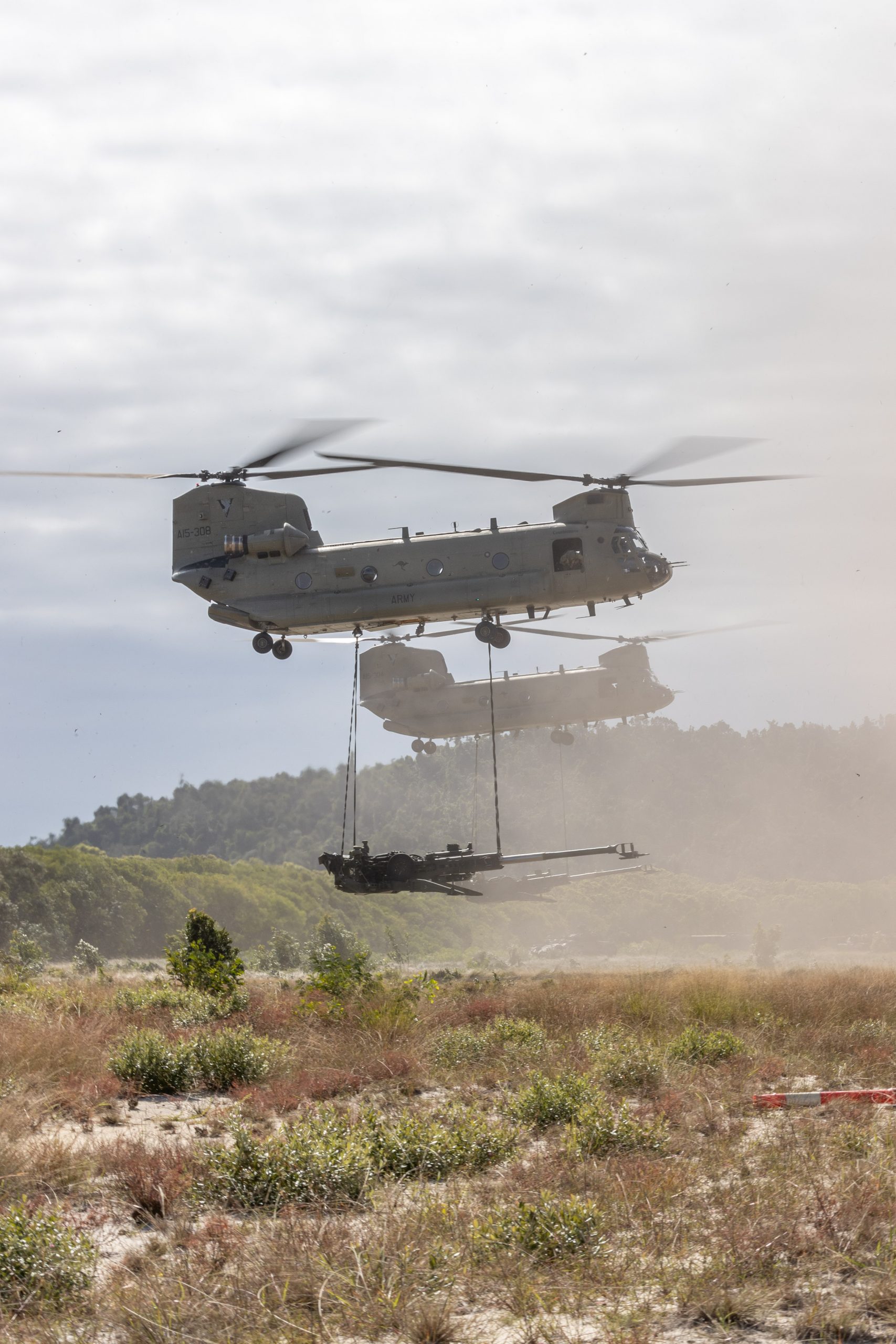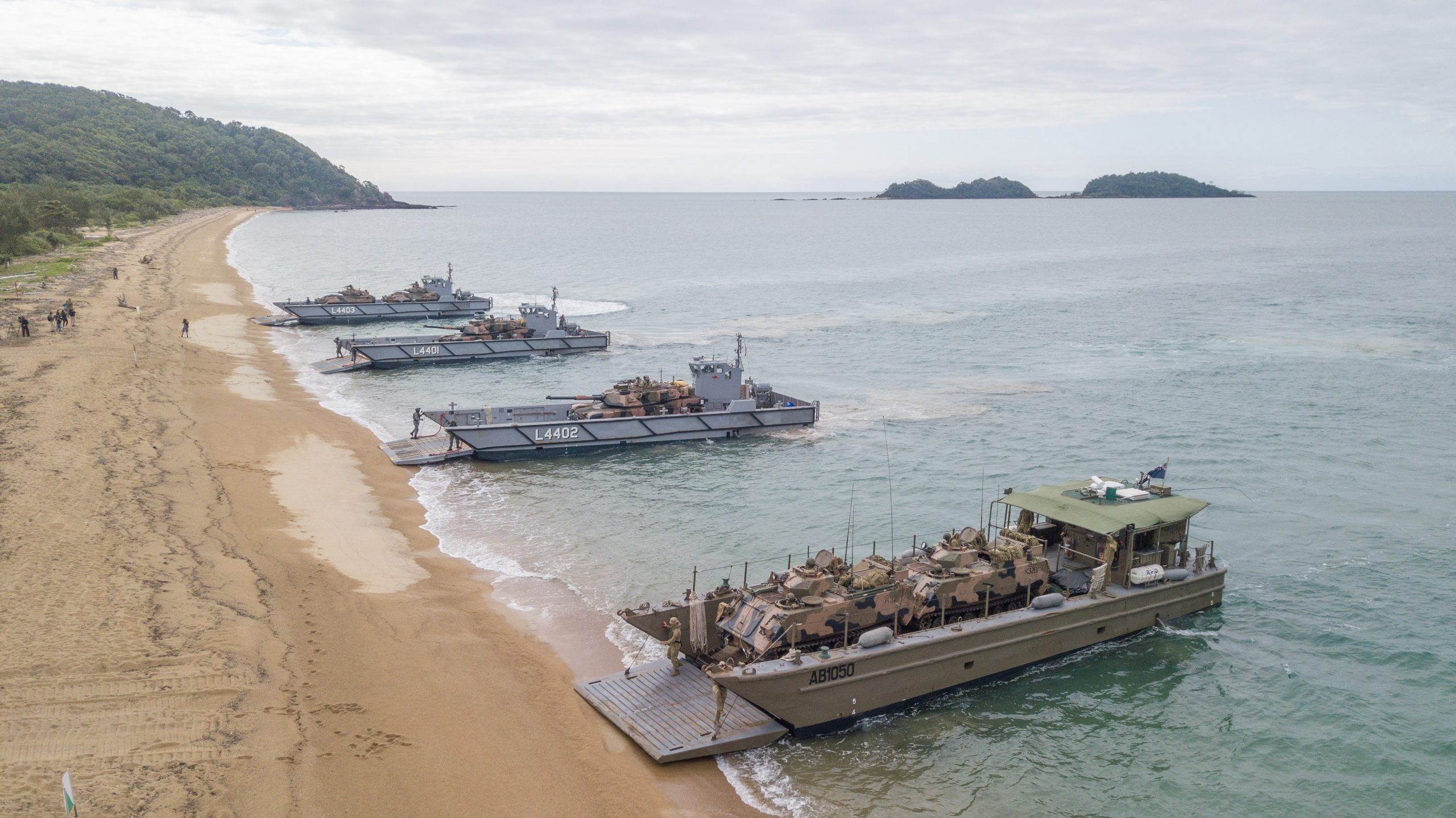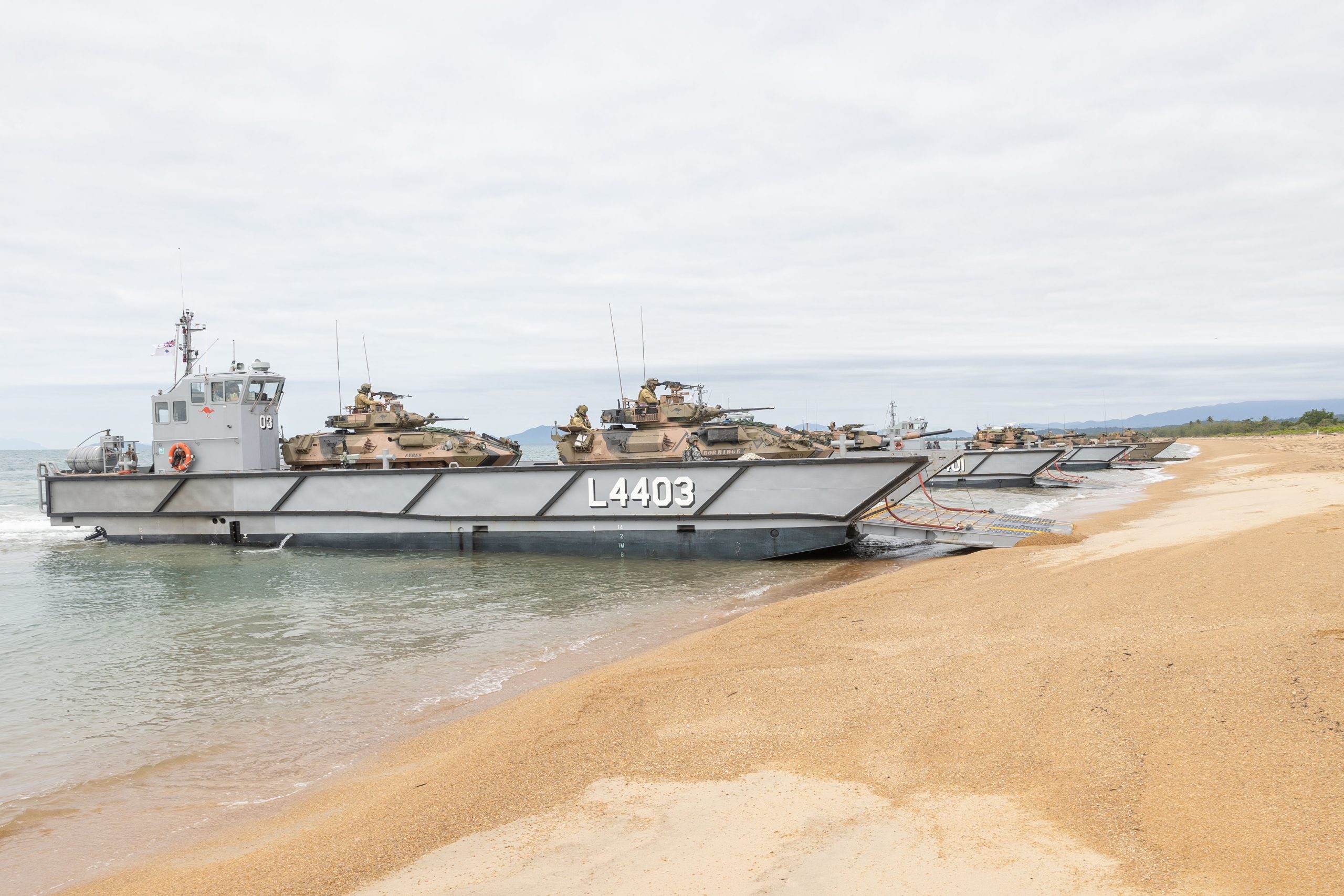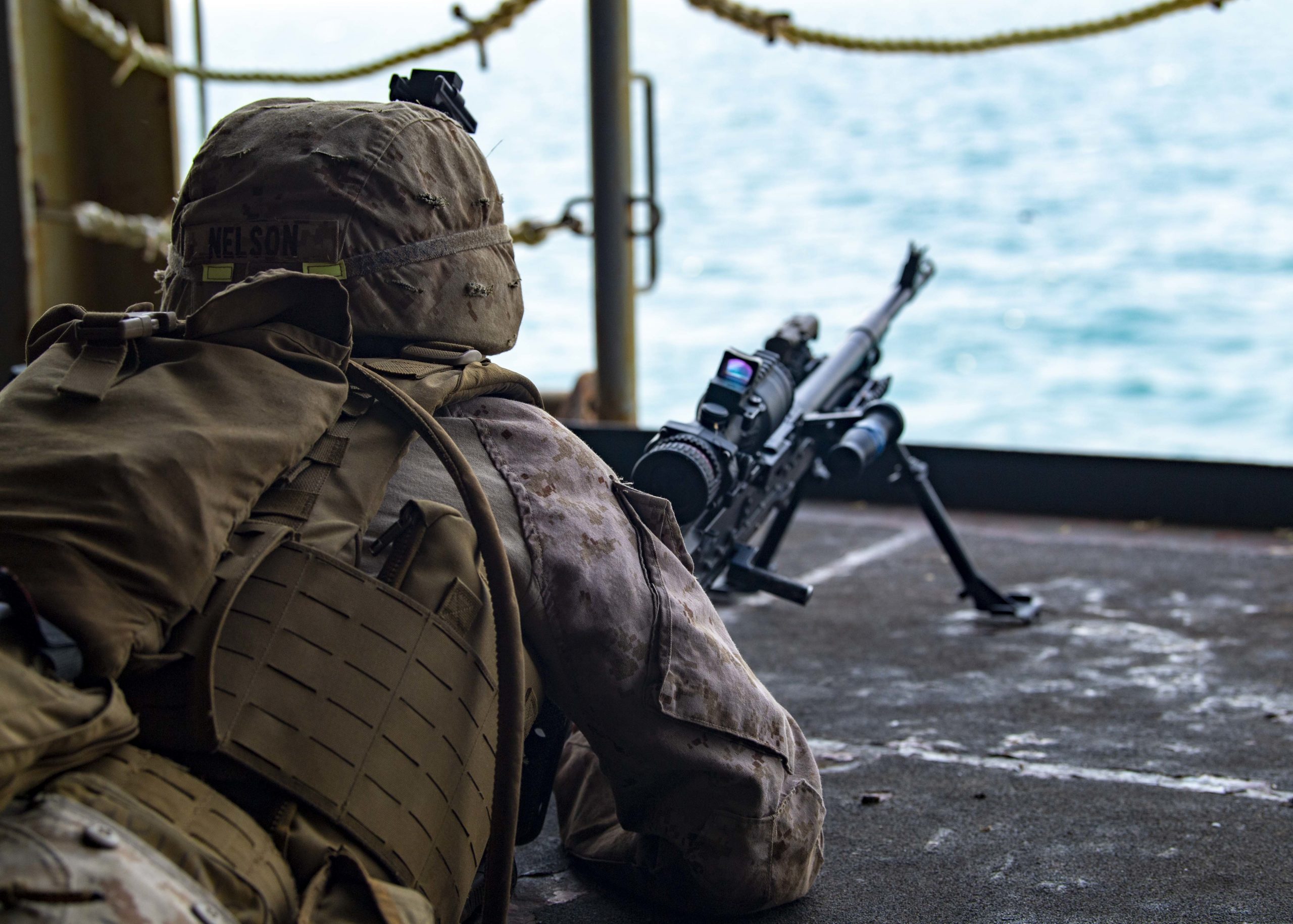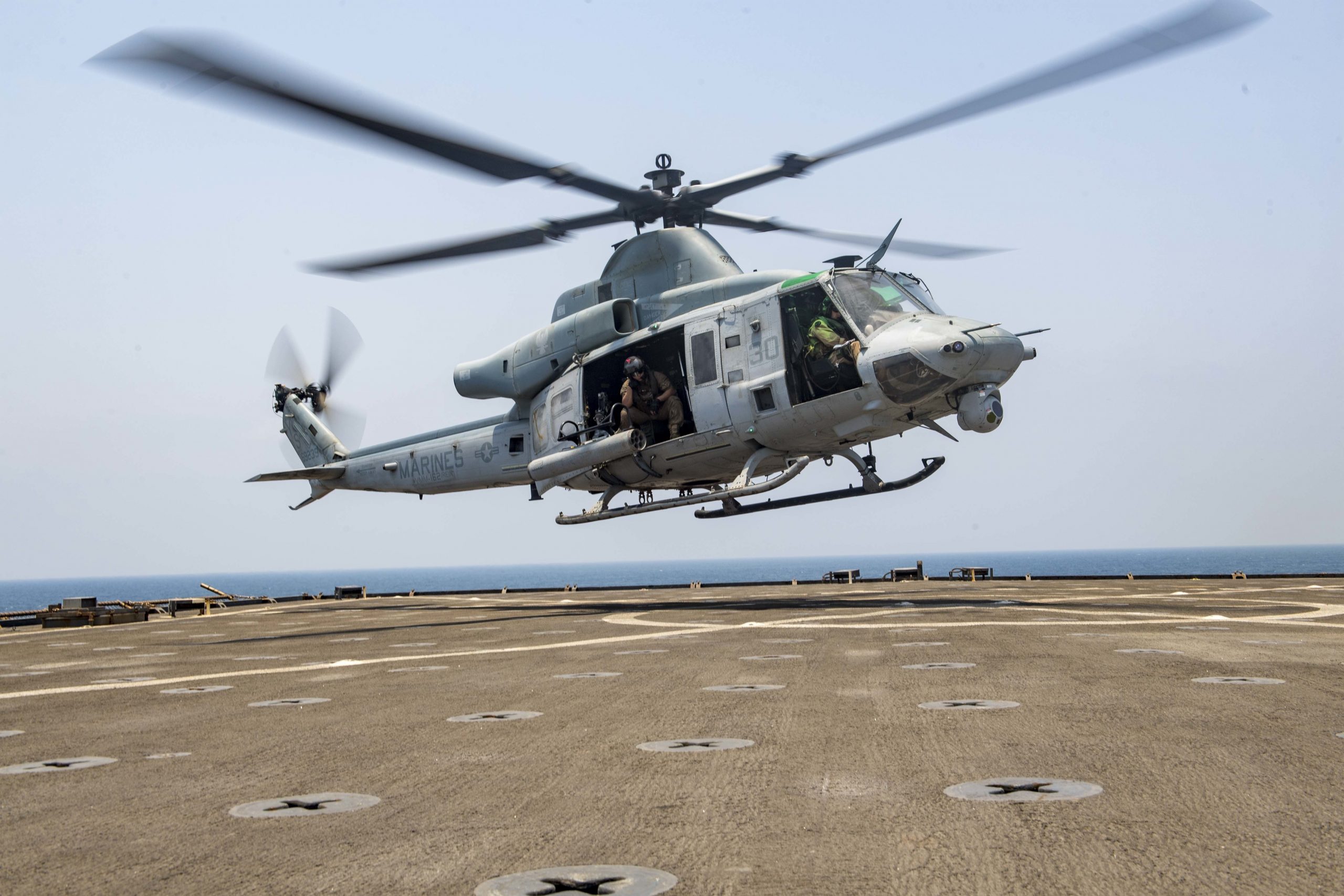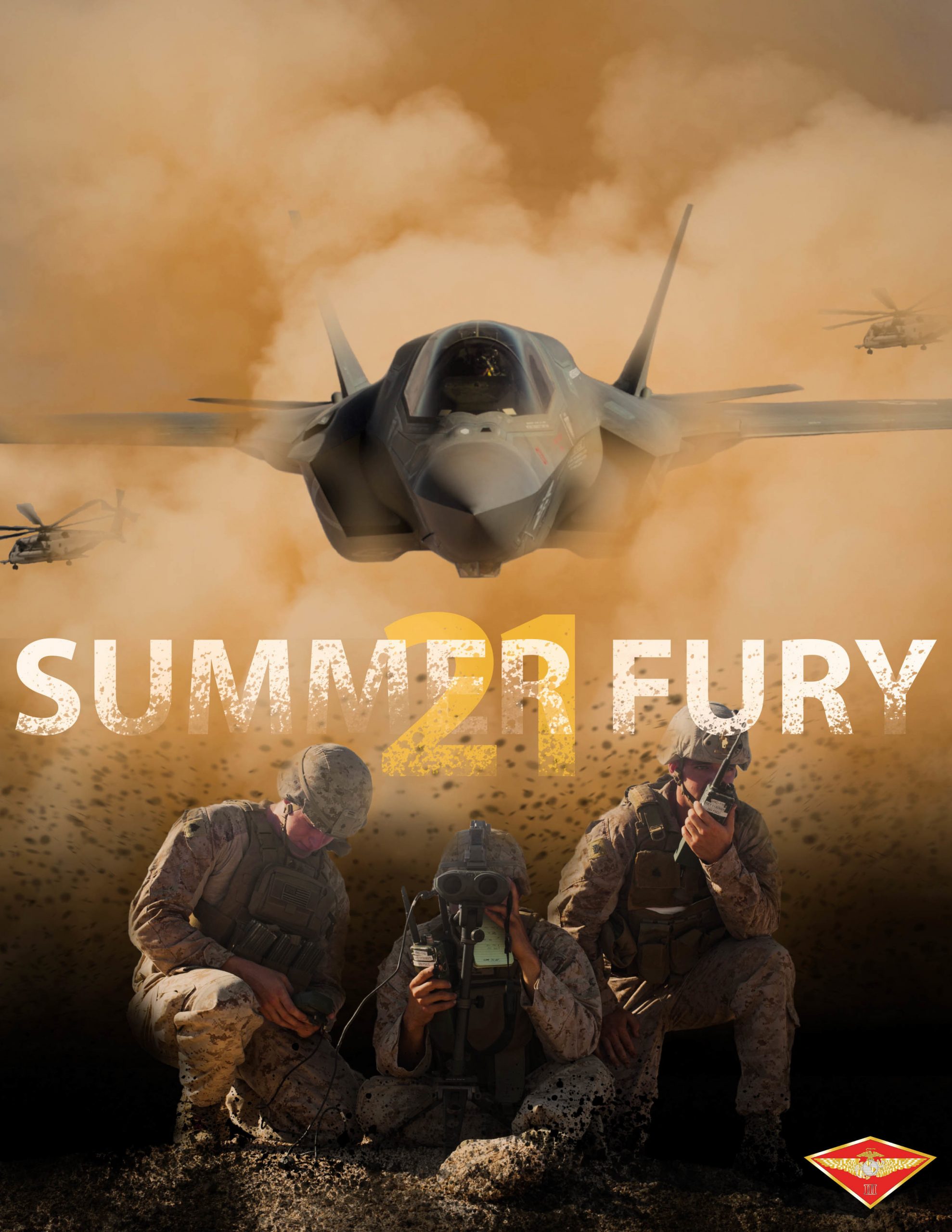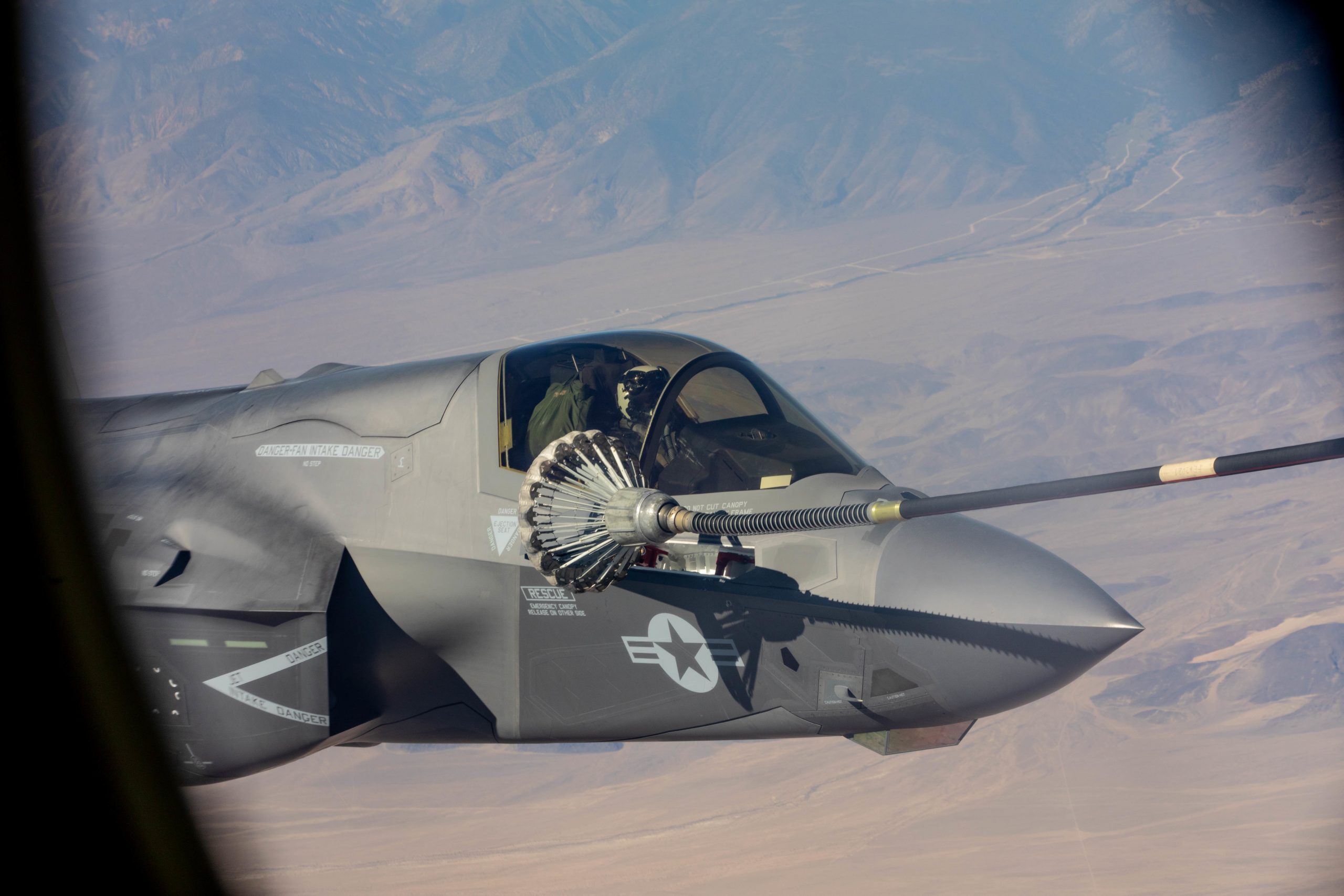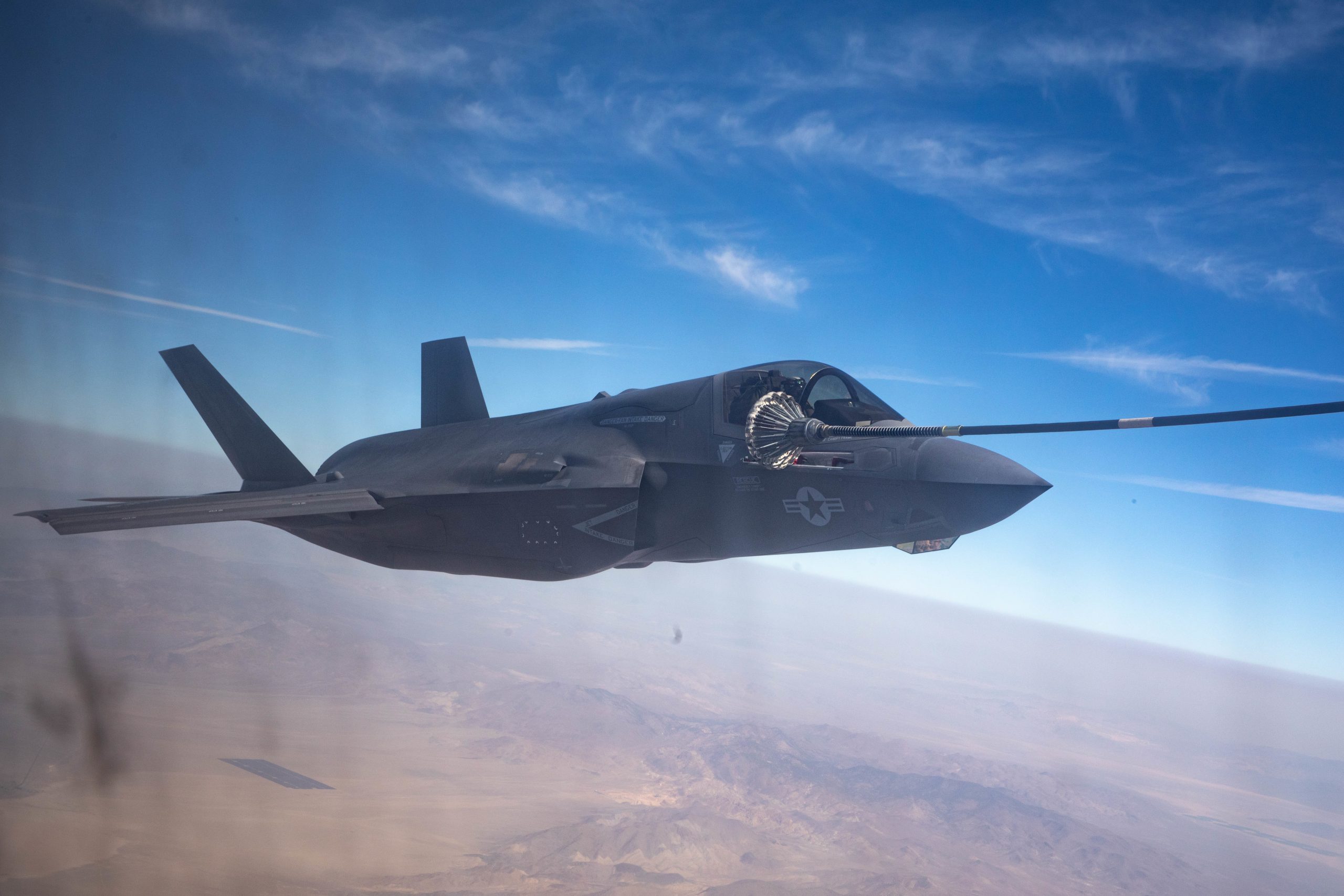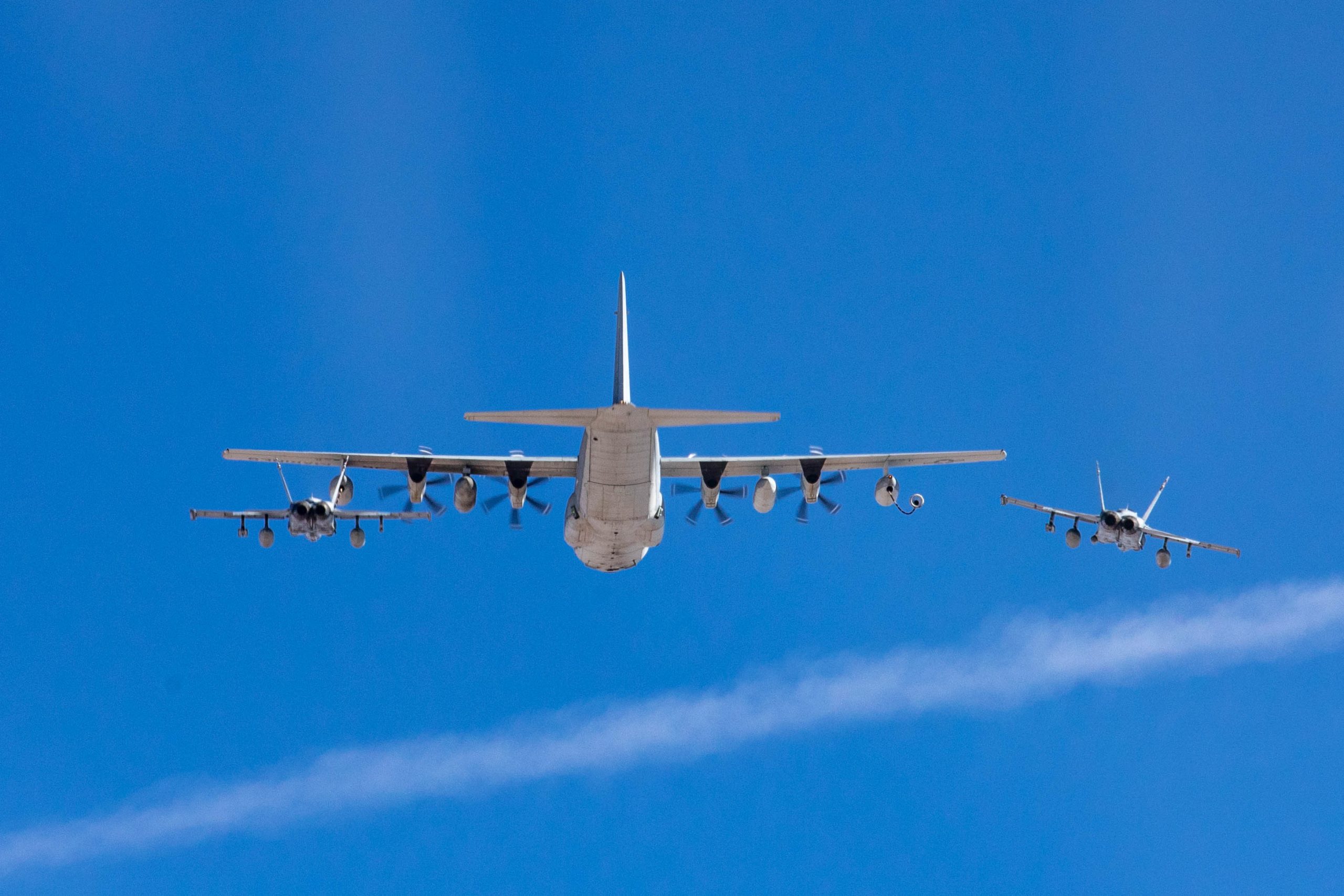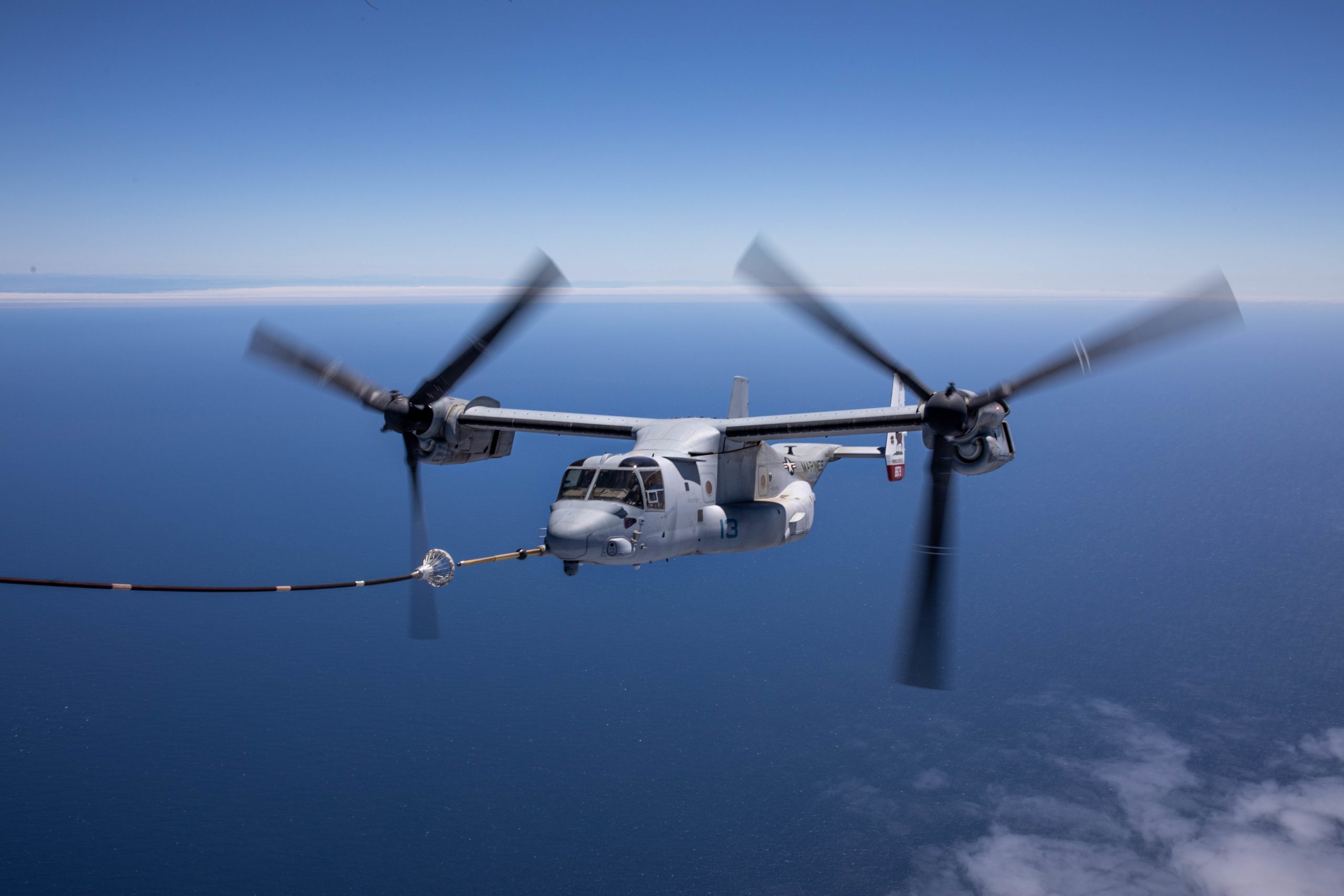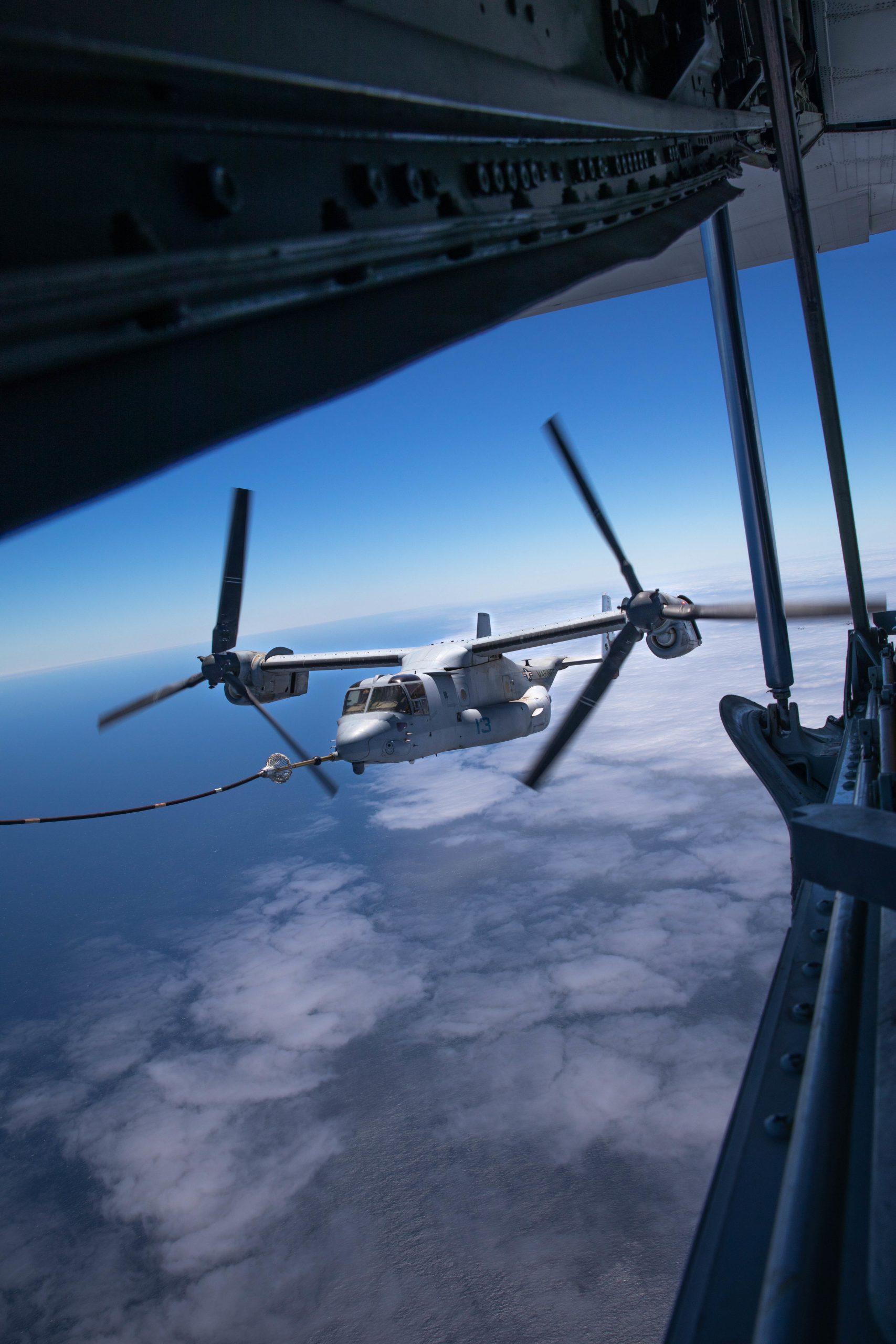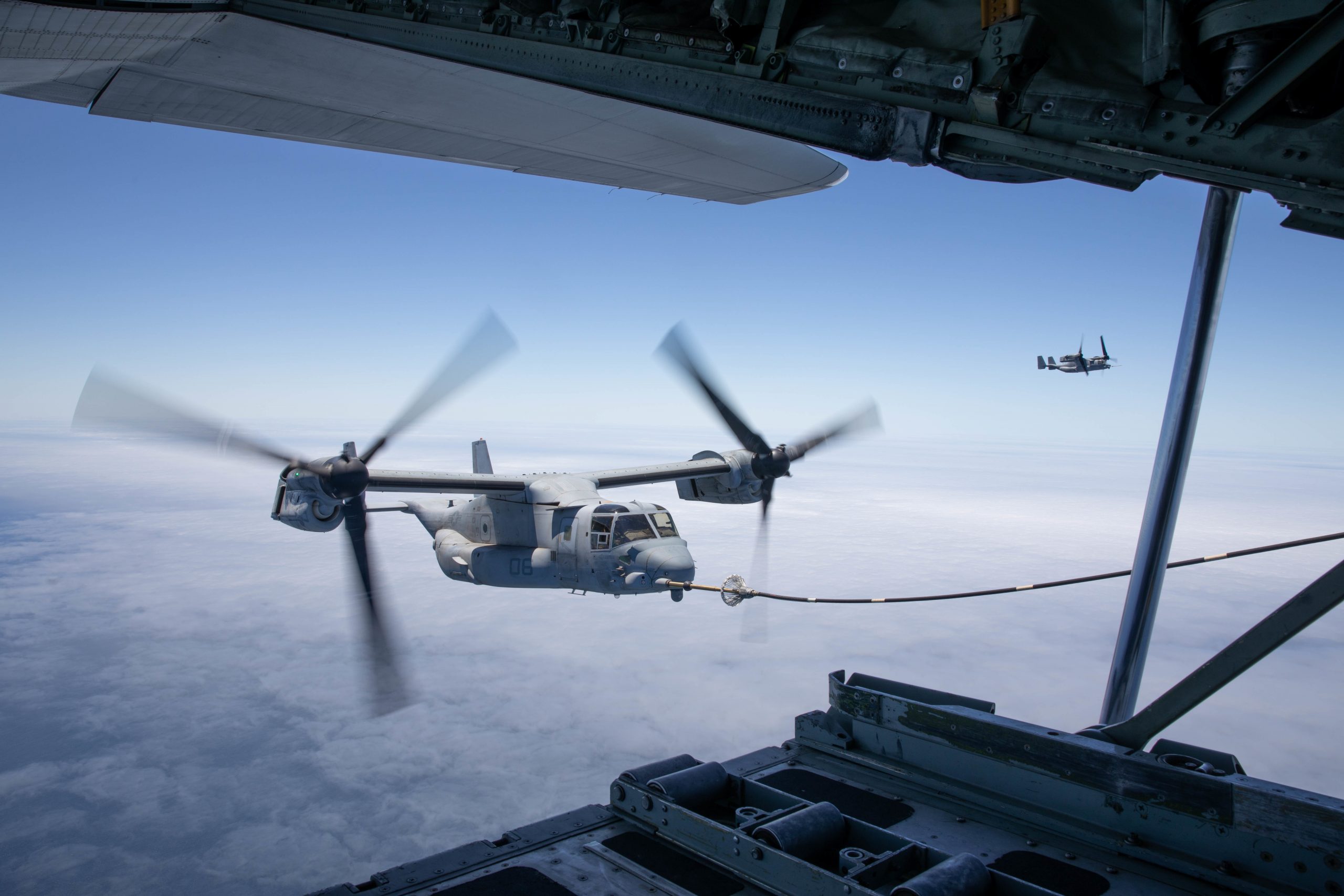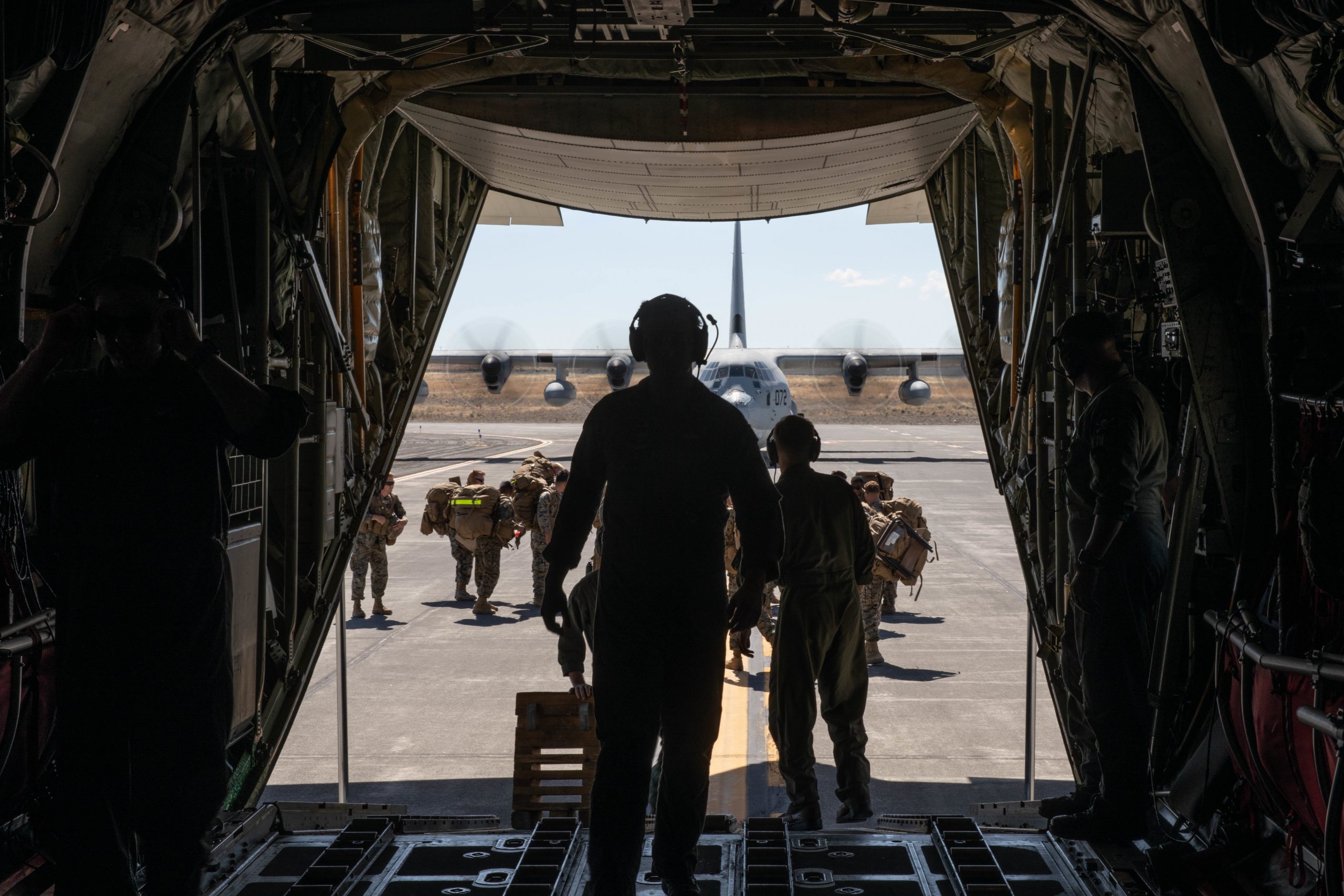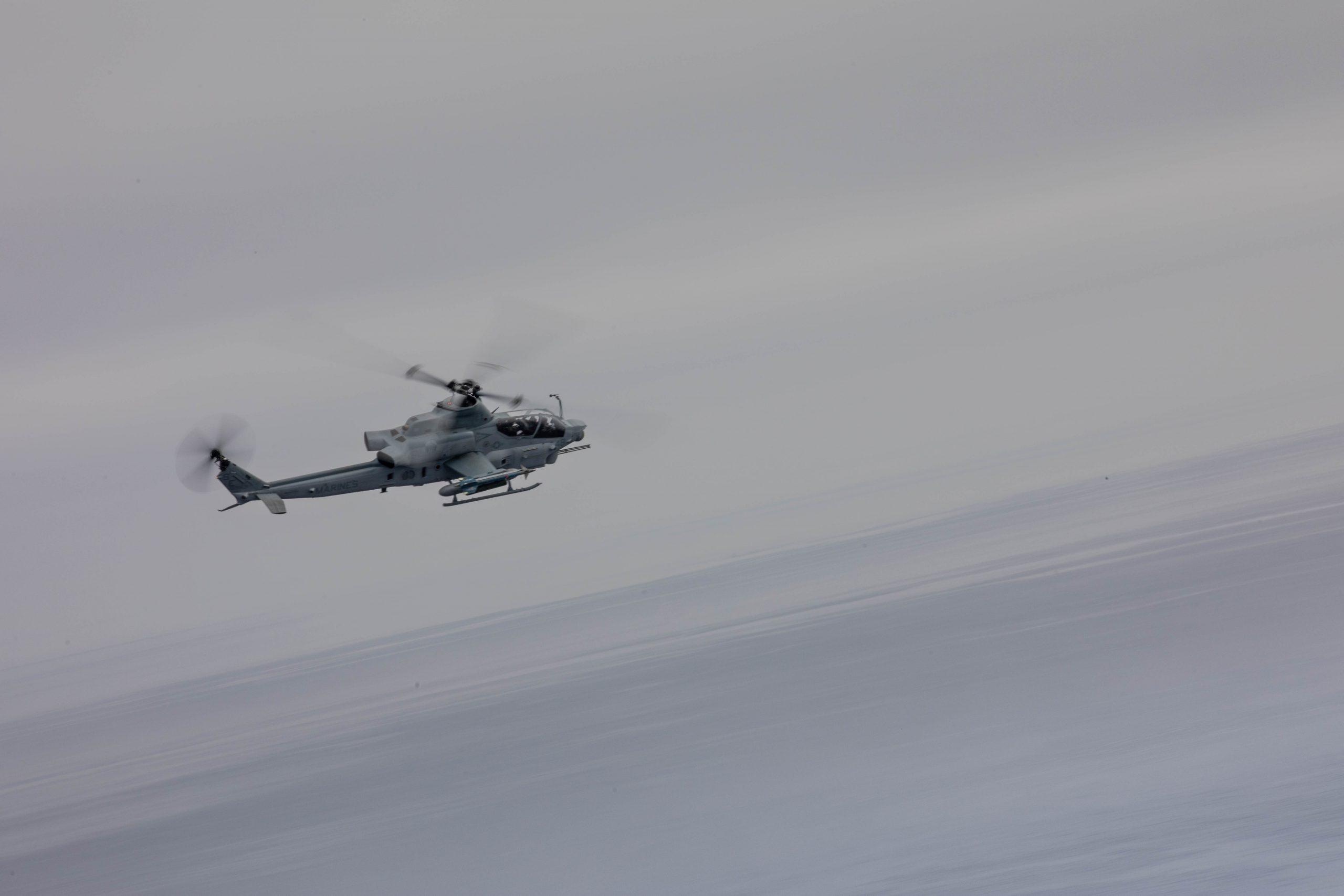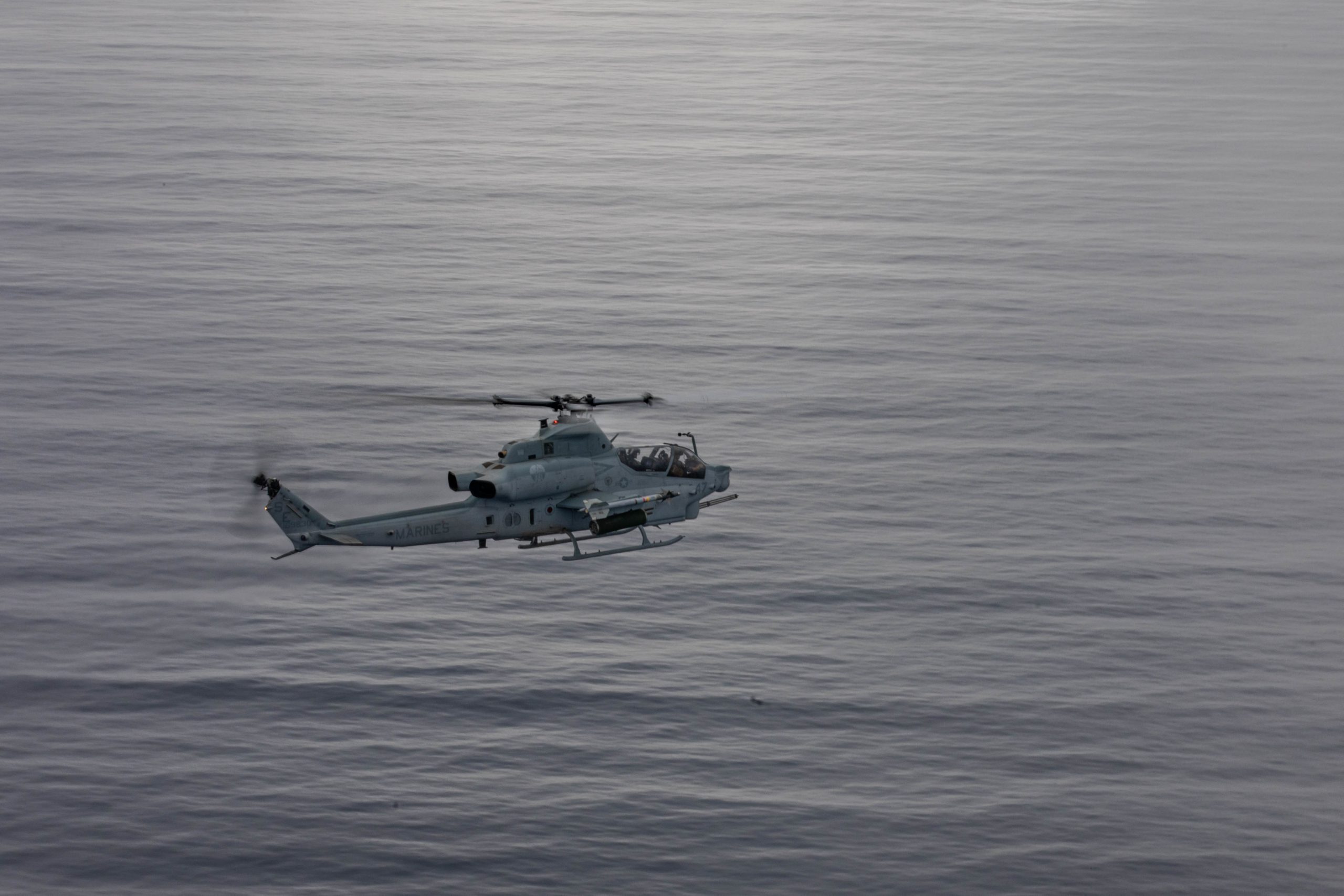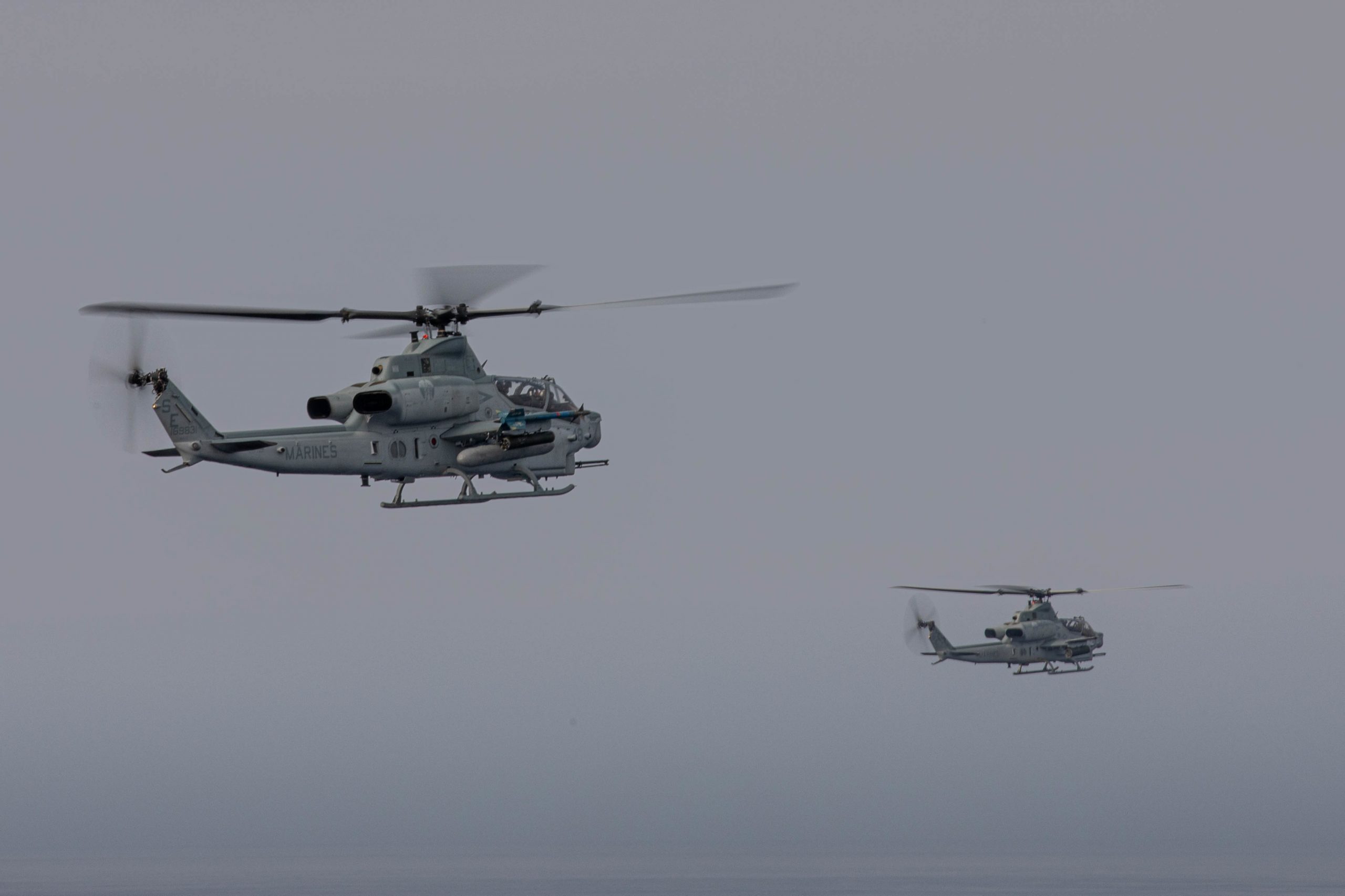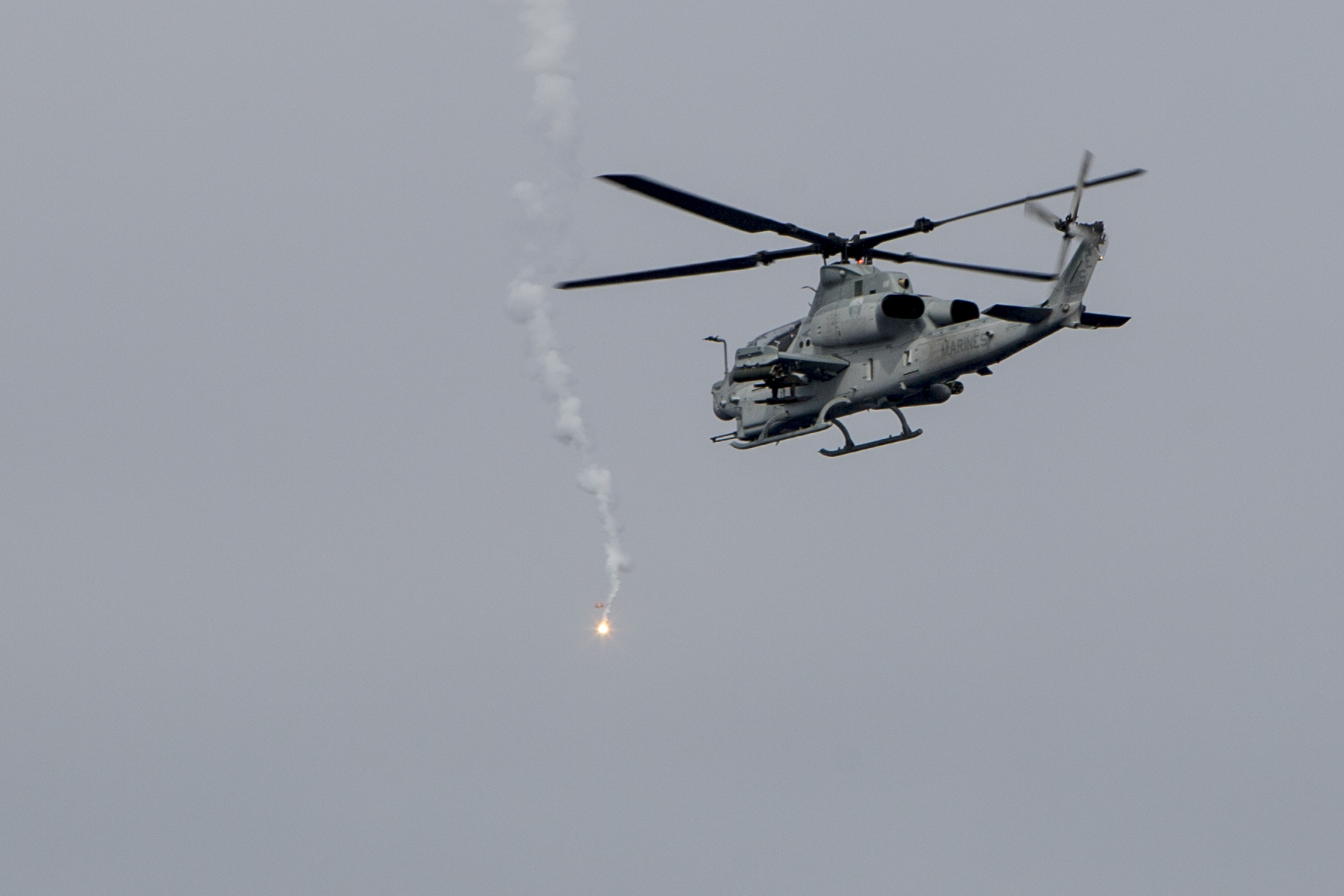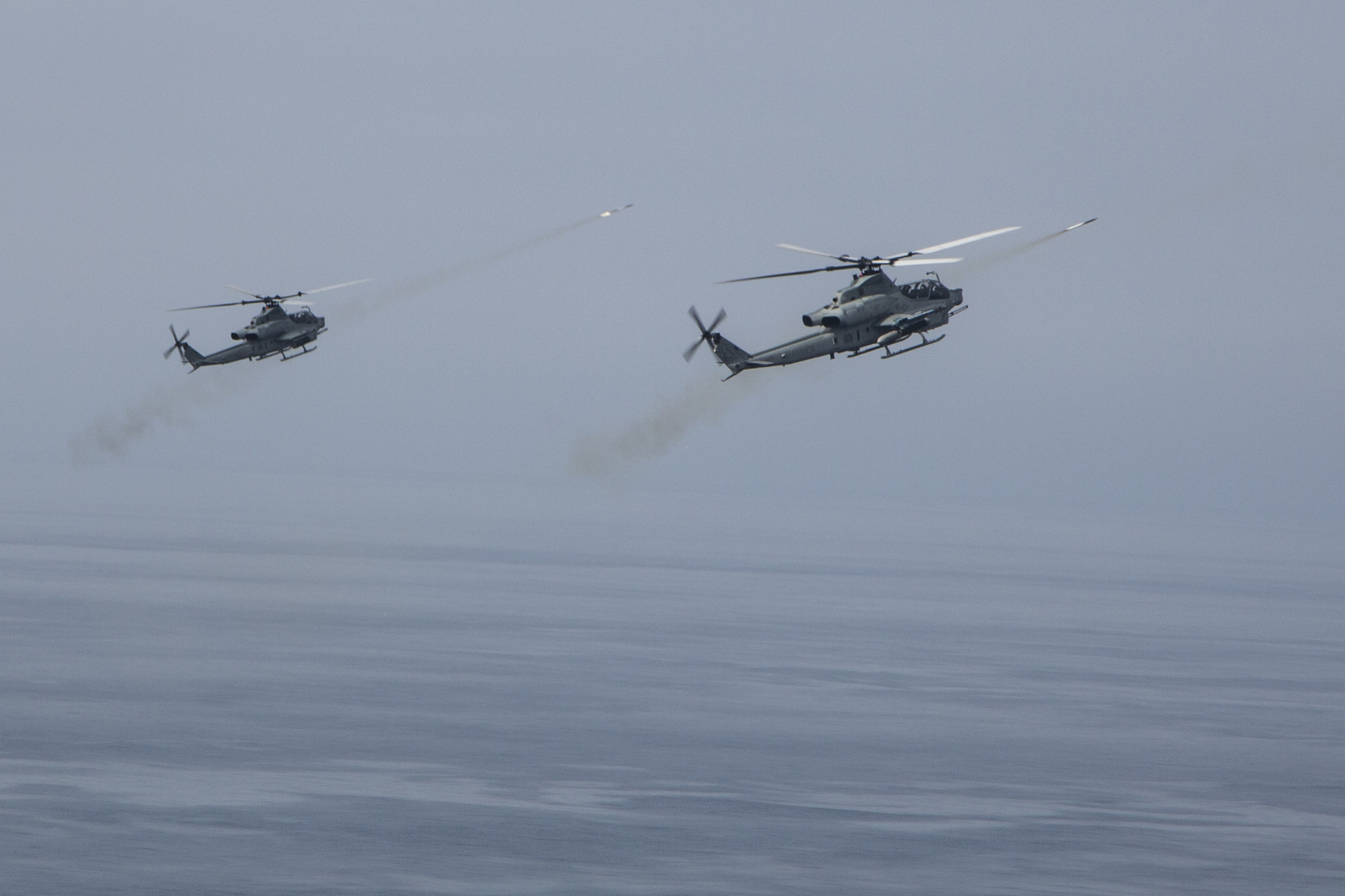By Pierre Tran
Paris – Onera and European missile builder MBDA are due to conduct the first test flight of a full-scale prototype of a French hypersonic cruise missile in the U.S., with help from NASA and the U.S. Air Force, an official of the French research agency said July 9.
The test flight of a four-meter long missile aims to study hypersonic propulsion in the Lea flight experiment project, backed by Onera and MBDA, the official said. The test flight is due to take place “in a few months,” at a US air force base on the East coast.
The propulsion system, powered by a hydrogen-methane fuel, is due to perform five to 10 seconds in flight, allowing calculation of the performance. Work on Lea has been conducted on the ground, including wind tunnels, over the last 20 or so years.
The official was standing at a small-scale model of a Lea experimental cruise missile, one of the displays at a showcase of Onera’s work on civil and military technology at the Aero Club de France, an association of French aerospace.
That was the first time a model of the Lea project has been publicly displayed, an Onera spokesman said.
There would have been a high level approval and security clearance for that public display of Lea, and the small-scale model would be different from the missile due to fly in the flight test, a source familiar with the project said. Any published pictures of the ASMP/A have been airbrushed to remove details of the airborne nuclear-tipped missile built by MBDA.
Onera “has never stopped working” on upstream studies on the missile vehicle and engine, to design hypersonic propulsion, the official said. The flight test will help define base options on the missile, expected to fly at Mach 6 in the flight tests.
The ground tests included those conducted at the Onera wind tunnels at Modane in the French Alps.
Work on Lea is intended to help MBDA design and build a scramjet cruise missile which will succeed the ASMP/A, the airborne nuclear deterrent carried by the Dassault Aviation Rafale fighter jet.
The successor to the ASMP/A missile will be fitted on the next generation fighter, a key element in the European future combat air system backed by France, Germany and Spain.
Onera and MBDA said in a 2009 Nato research note, planned flight tests of Lea were to use a Russian Tupolev Tu-22 M3 bomber to launch the test missile, which would have flown 20-30 seconds at Mach 4 to 8 over 30-40 km before crash landing. The booster on the test missile would have been based on the Russian Raduga AS4 missile.
The Tu-22 is also known as Backfire bomber.
Lea is a “French R&T effort for hypersonic air-breathing propulsion … focusing on needed technologies for the propulsion system and acquisition of aero-propulsive balance prediction capability,” the note said.
While much of the work on Lea could be conducted in combustion chambers on the ground to test “performance and thermo-mechanical strength,” a flight experimental program (was) “a mandatory step towards future operational developments,” the note said. The flight test program started in January 2003 and had been due to end in 2015, after four flight tests flying between Mach 4 and 8.
Another Onera display was a Simagaz infrared camera for multi-spectral gas detection, mounted as a one-kilogram payload on a UAV. The research agency has three prototypes of the gas detector.
The camera sees gas emissions in four IR spectral bands and uses software to give an overall image in color. Onera developed the software, and worked with IR camera specialist Noxant, oil company Total, as well as Lynred, a specialist on infrared technology, and Bertin Technologies, a high tech company.
A military application would be to detect gas weapons, while civil companies such as Total could detect gas leaks. The IR camera, which can be fitted to any commercial UAV, is at technology readiness level 5-6, and calls for a further two to five years of development, an Onera official said.
Primagaz is one of 18 high tech projects Onera is backing with partners Ecole Polytechnique, SATT, and Starburst in the Blast campaign. The Blast program offers support to companies working on high tech projects for aviation, defense, space, and enabling technology. BPI France, a state-owned investment bank, also supports the campaign.
Ecole Polytechnique is an élite university, whose students in uniform marched in the military parade on the Champs Elysées on the July 14 Bastille Day celebration. SATT seeks to help university researchers find a market for technology, and Starburst helps business start-ups find financial backers.



